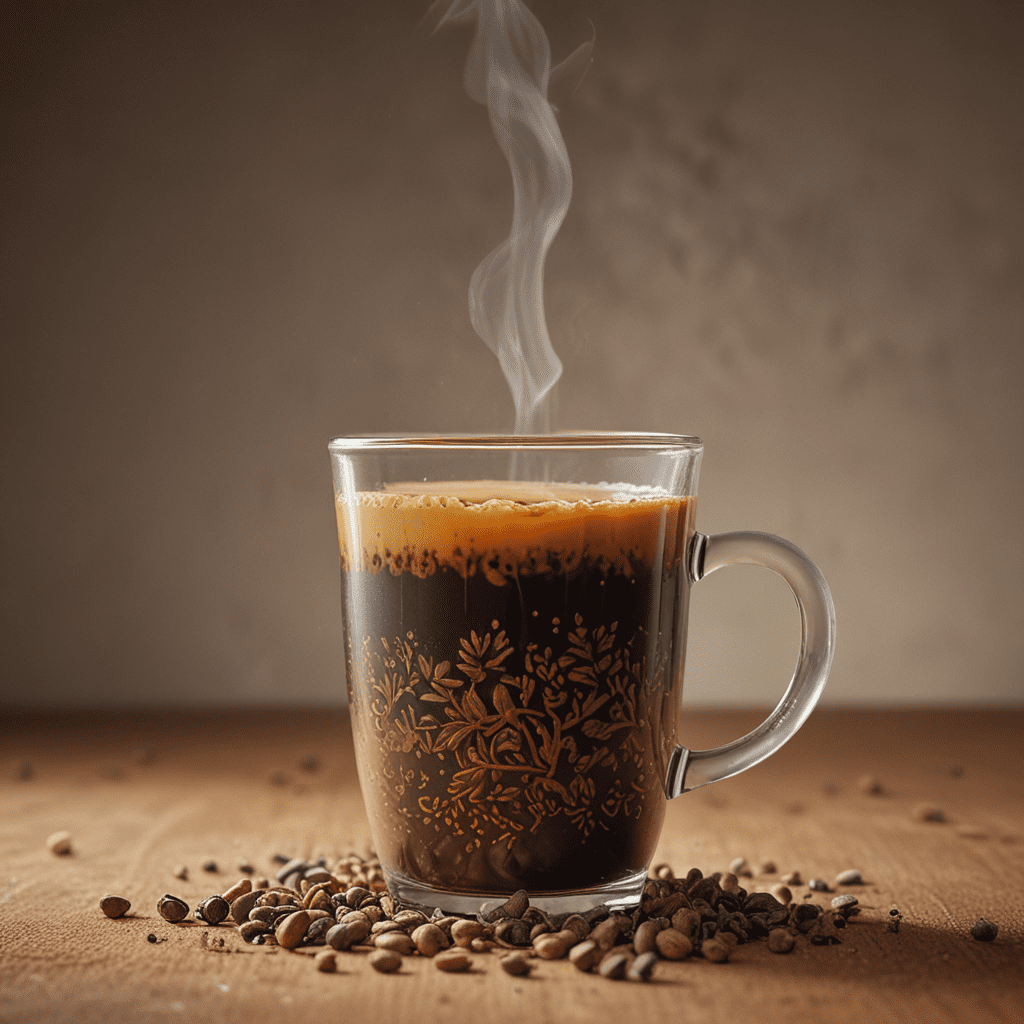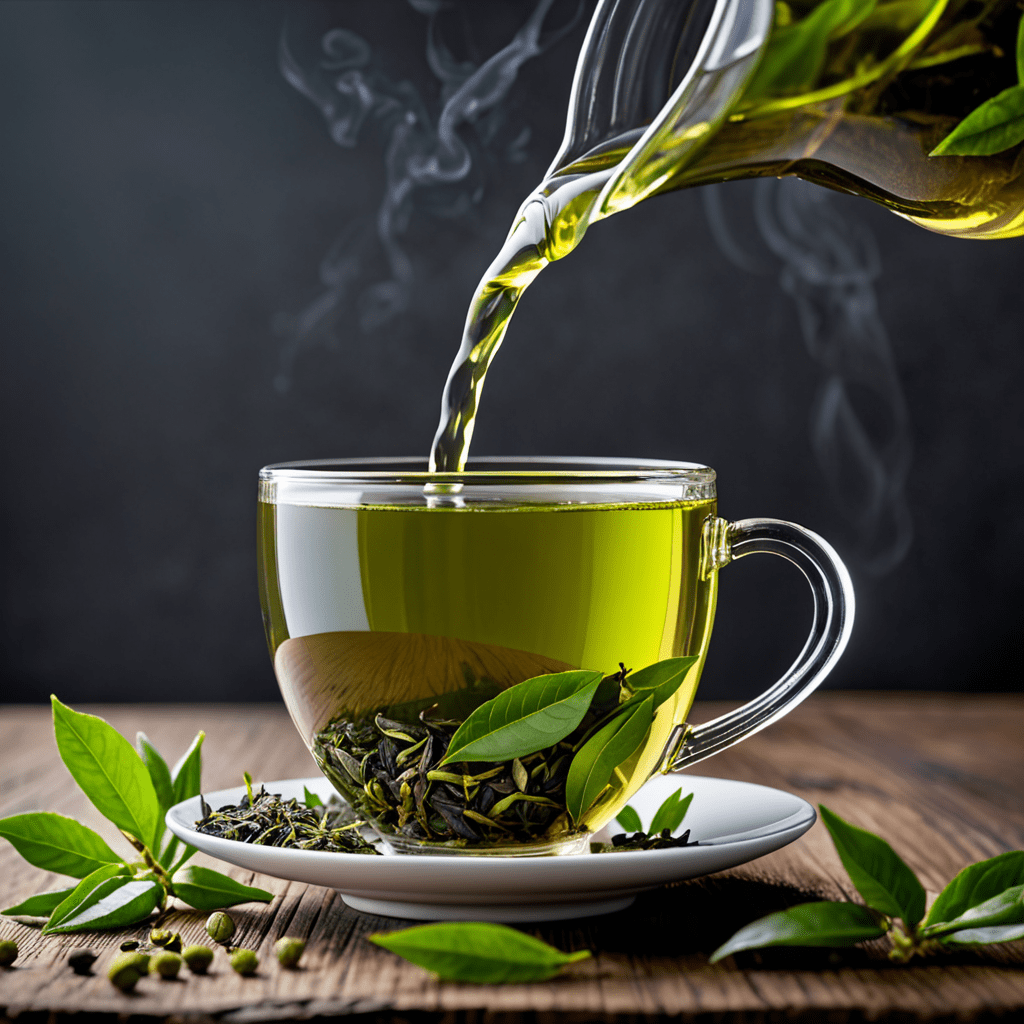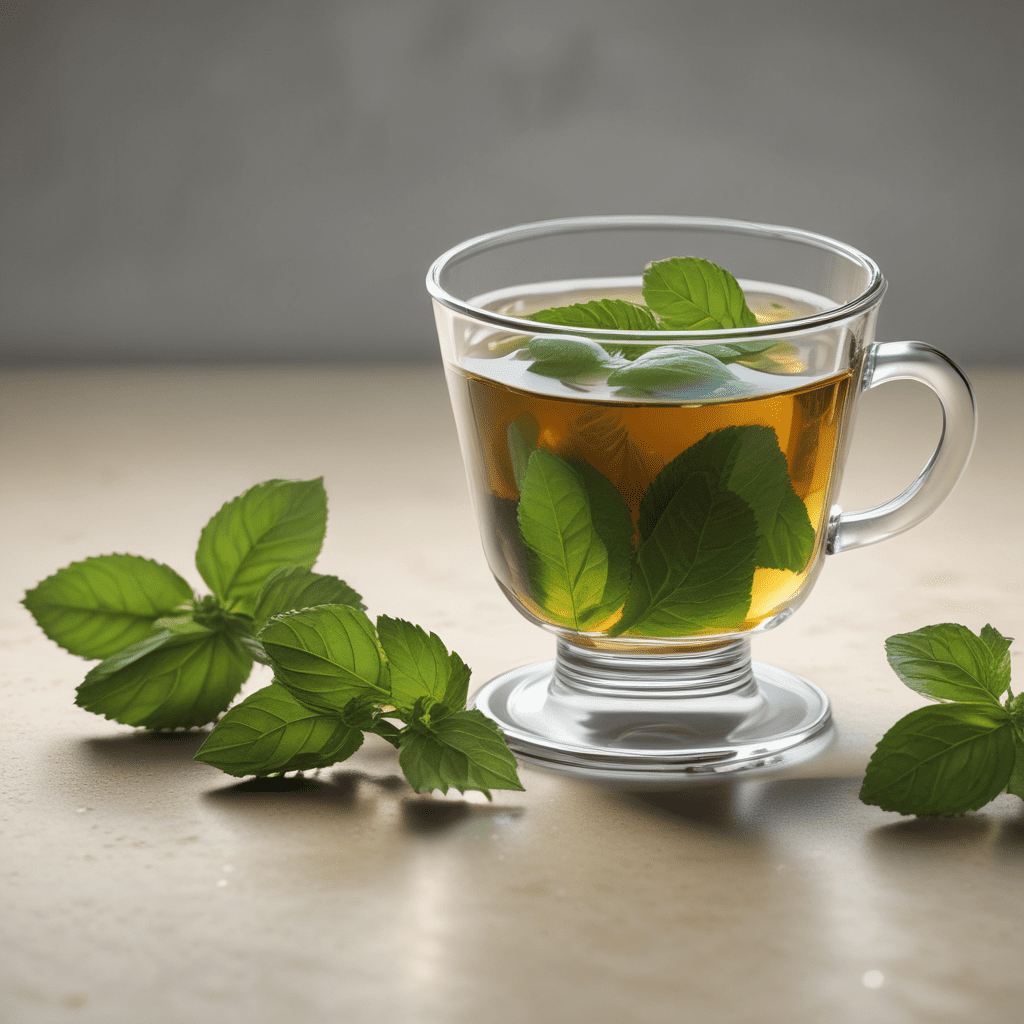The Essence of the Japanese Tea Ceremony
The Japanese tea ceremony, also known as chanoyu or chado, is an ancient ritual that embodies the essence of Japanese culture. It is a refined art form that celebrates simplicity, harmony, and the appreciation of the present moment. The ceremony is steeped in tradition and has been practiced for centuries, offering a unique glimpse into Japanese aesthetics and spirituality.
The Path to Harmony: The Four Principles of the Tea Ceremony
Central to the tea ceremony are four guiding principles: wa (harmony), kei (respect), sei (purity), and jaku (tranquility). These principles permeate every aspect of the ceremony, from the preparation of the tea to the interactions between guests. Harmony is achieved through the balance of elements, respect is shown through proper etiquette, purity is maintained through cleanliness, and tranquility is cultivated through mindfulness.
Unveiling the Essential Elements
The tea ceremony involves a carefully orchestrated collection of elements that work together to create a harmonious experience. These elements include the tea house, the ceremonial tea, the tea utensils, the preparation, the tea master, and the guests. Each element plays a vital role in contributing to the overall atmosphere and experience of the ceremony.
6. The Tea House: A Haven of Tranquility
The tea house, or chashitsu, is a serene space specially designed for the tea ceremony. It is typically a small, rustic building located in a tranquil garden or natural setting. The tea house is characterized by its simplicity and lack of ornamentation, creating a minimalist environment that fosters a sense of tranquility and focus.
7. The Ceremonial Tea: A Blend of Flavors and Tradition
The tea used in the Japanese tea ceremony is a finely powdered green tea known as matcha. Matcha is made from shade-grown tea leaves that are stone-ground into a fine powder. During the tea ceremony, matcha is whisked with hot water to create a frothy, flavorful beverage. The tea is traditionally served in small, handmade bowls and accompanied by a simple sweet treat.
8. The Tea Utensils: Crafting Simplicity
The tea utensils used in the ceremony are carefully chosen to reflect the principles of simplicity and harmony. They include a tea bowl, a tea whisk, a tea scoop, and a water container. Each utensil is made with exquisite craftsmanship and is both functional and aesthetically pleasing. The tea bowl, in particular, is often a work of art and is passed down through generations.
9. The Tea Master: A Guide to Serenity
The tea master, or tea teacher, is responsible for guiding the tea ceremony and ensuring that the principles of wa, kei, sei, and jaku are upheld. The tea master has a deep understanding of the tea ceremony's history, traditions, and rituals. They guide guests through the ceremony with grace and humility, creating an atmosphere of peace and serenity.
10. Harmony in Every Sip: The Culmination of the Tea Ceremony
The Japanese tea ceremony is a culmination of all its elements, each contributing to the overall experience of harmony. Through the preparation of the tea, the interaction between guests, and the appreciation of the present moment, the tea ceremony becomes a transformative experience. It promotes mindfulness, fosters a sense of community, and allows participants to connect with the beauty of the natural world.
FAQ
Q: What is the purpose of the Japanese tea ceremony?
A: The Japanese tea ceremony aims to promote harmony, respect, purity, and tranquility through a ritualized experience of preparing and consuming tea.
Q: What is the significance of matcha in the tea ceremony?
A: Matcha is a finely powdered green tea that is whisked with hot water to create a frothy, flavorful beverage. It is the traditional tea used in the Japanese tea ceremony and is known for its health benefits and unique taste.
Q: What is the role of the tea master in the ceremony?
A: The tea master is responsible for guiding the tea ceremony and ensuring that the principles of harmony, respect, purity, and tranquility are upheld. They have a deep understanding of the ceremony's history, traditions, and rituals and guide guests through the experience with grace and humility.



